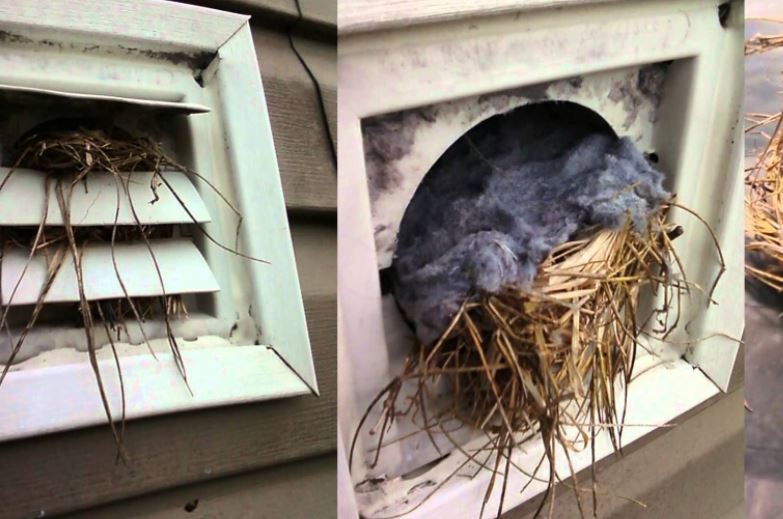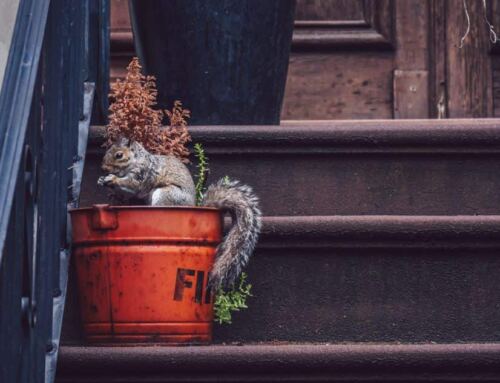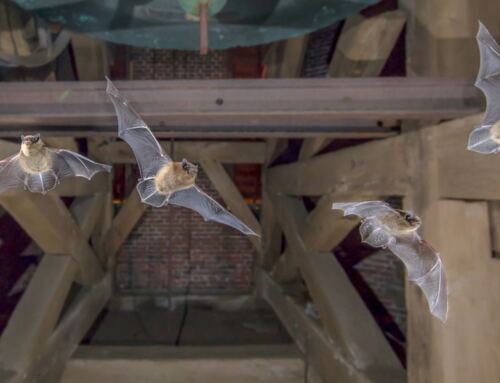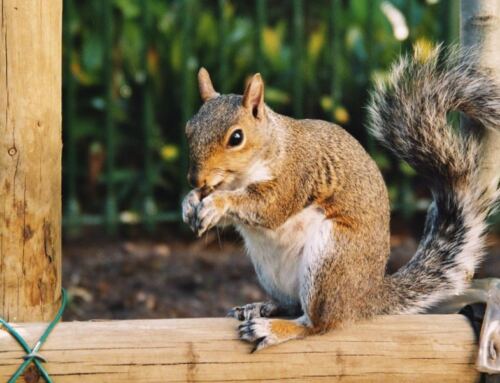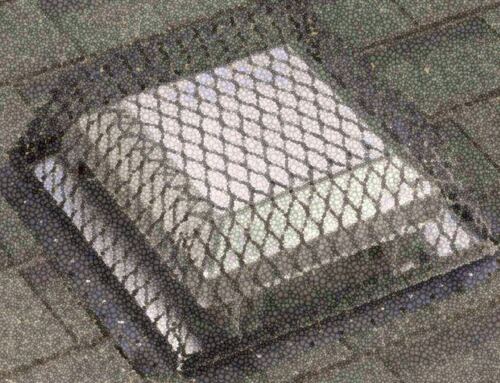If you’ve noticed some telltale signs of a pest having gotten into your home, you’re probably asking yourself how they managed to find their way in. The unfortunate news is that pests are often very resourceful creatures who will take advantage of the smallest space to squeeze their way into your basement, attic, garage or crawlspaces.
If your home has areas that are dark, warm and not heavily trafficked, it is a magnet for many pests. These animals are often looking for safe places to nest and create a den so spaces like your attic or basement are prime targets for them.
Most common animal entry points
At Regional Wildlife Services, we not only get rid of animals that have entered your home, but we also seal any entry points to prevent future re-entry. The best time to wildlife-proof your home is BEFORE animals get in. If you’re in Burlington, Oakville, Milton or the Hamilton Halton Region, ask us how!
The first step in determining how a pest got into your home is to take a minute and focus on where you hear sounds coming from. This can help you decide where to center your search. If you hear scratching in the ceiling you might want to start off looking in your attic. However, if you only hear scurrying when you’re in the basement, that will be the best place to look for entry points.
1. Loose or damaged roof vents and vent covers
Vent covers that have holes, cracks or other weak spots are an easy way for pests like squirrels, mice and raccoons to get into your attic or basement. Some of these animals can squeeze through the smallest of holes while others will use this opening as a way to create an even bigger hole to get through.
2. Damaged soffits
The undersides of an overhanging roof or balcony can be another easy way for animals to get in. Holes and cracks here can also be difficult to spot, especially if you have a tall home. The space within your soffit can be a great place for animals to nest and keep warm or they can use this entry point as a way to get into your attic to create a den to have babies.
3. Your chimney
A chimney that is left uncovered is an open invitation to many different pests. The best defense here is to cover your chimney with a wire or metal mesh. This is extremely hard for animals to chew through or break so makes for a very secure barrier.
4. Heating pipes and vents
The air that comes out of these vents definitely calls to a variety of different animals. For those looking for a warm, safe space to create a nesting space to have babies, the hot air is exactly what they’re looking for. Since many of these vents are only protected with plastic covers raccoons and squirrels can easily chew their way through or pry it off the top.
5. Air conditioning or plumbing pipes
Anytime pipes enter your home you run the risk of small cracks, gaps or holes around the piping. These small entrance points can become large enough for rodents like mice to squeeze into your home. Use expanding foam to help seal off these gaps.
6. Cracks or gaps in your siding
The kind of siding your home has can make it more or less susceptible to pest invasion. If your siding is old and starting to break down or you have cracks in your siding you may be more likely to find small rodents or insects making their way into your home.
Seal up all animal entrance points
The best way to prevent any pest infestations is to take the time to examine the outside of your home each spring and fall. Look closely around your house for any holes or cracks in your siding or soffits, broken vent covers and gaps around piping or vents. Take measures to seal these areas to keep your attic, basement and all other parts of your home safe from pests and prevent them from finding a way in!

